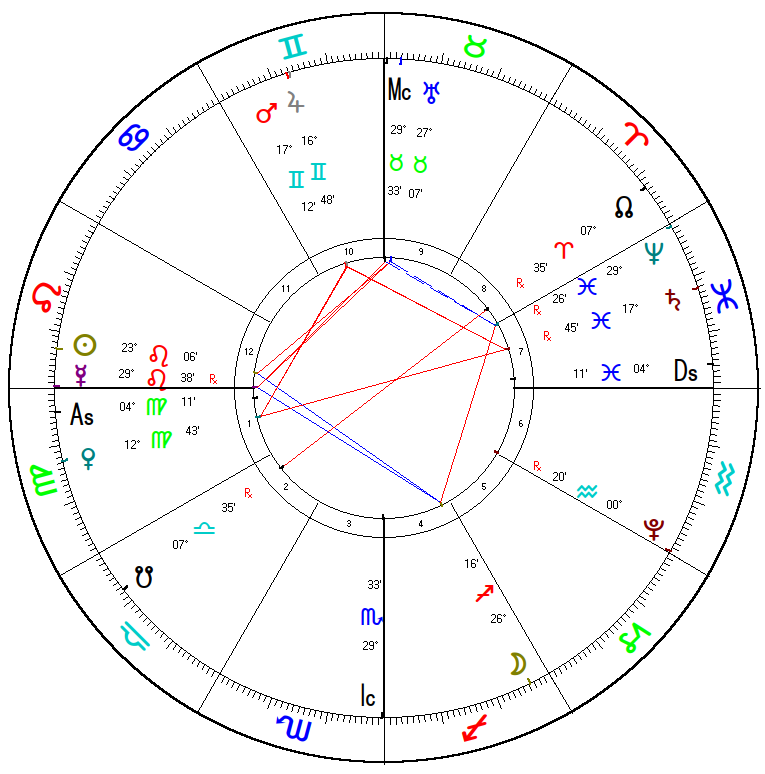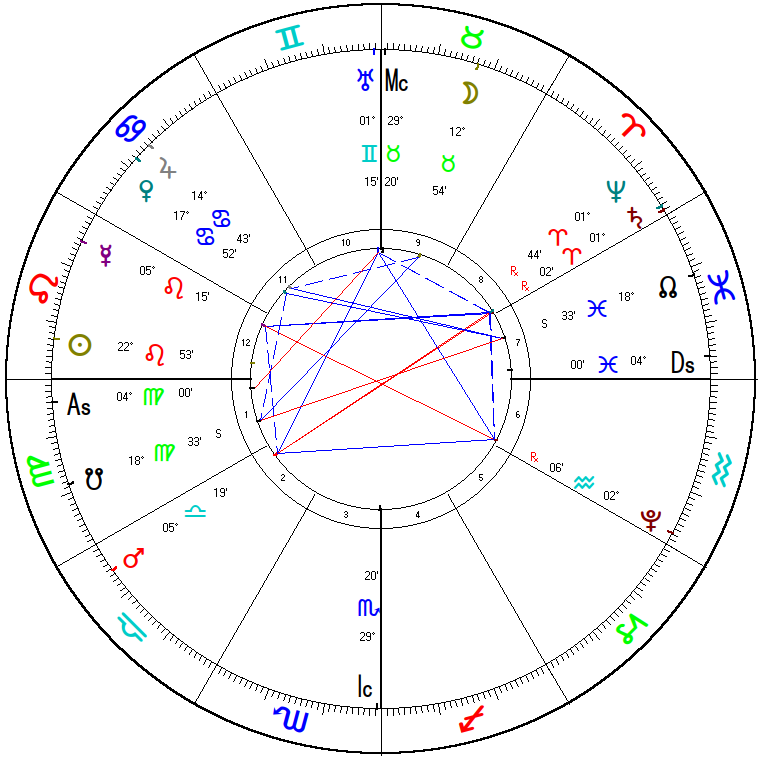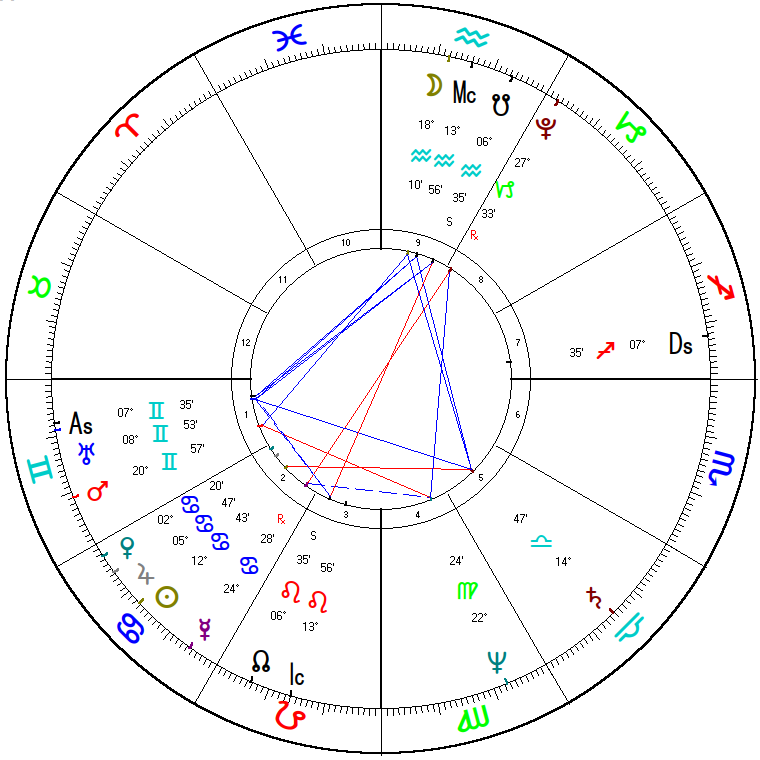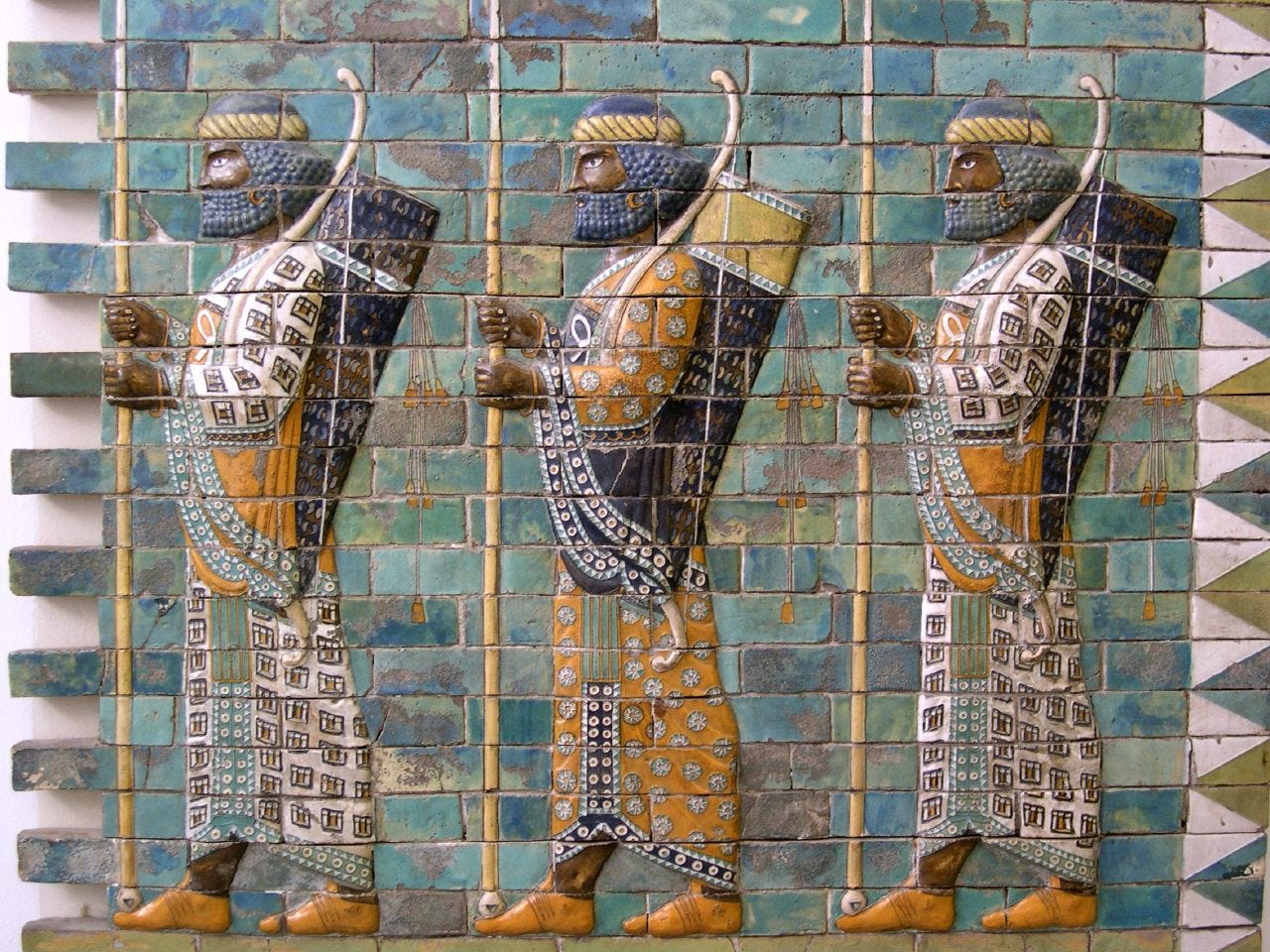When the Song Changes – Part 24 of The Chemistry of Time
Nothing lasts forever (except for this series apparently). By the grace of fortune we have now reached this penultimate post, built atop twenty-three previous discussions, and we are finally able to paint the picture as promised of the present day. There is said to be an ancient Chinese curse: may you live in interesting times. It is wise to listen to the words of the oldest continuous civilization in our world, who refer to themselves as the Celestial Empire, or the Middle Kingdom (that one which sits between heaven and earth). Their history is one of great Empires, rising and falling over centuries. Through conflict, cooperation, and consanguinity with the peoples and lands that surrounded them, the Chinese have by comparison to our civilizations in the West seen it all. From that experienced and wise vantage point they deem us cursed, because we do it seems live in very interesting times.
As we have learned throughout this series, any given period of time is a complex assemblage of inputs which combine to generate the unique attributes and characteristics which come to define it. These combinations are then stacked upon each other in a series of cycles which interlock and interact, repeating and rhyming with times gone by. Some cycles are short – such as the annual rotation of the Sun – while others are long, like the twenty-years apart meetings of Jupiter and Saturn. Many long cycles are contained by even greater cycles, and other cycles are irregular, meandering, even incidental. All times are remarkable in their own right but it can be said that some are more interesting than others. Sometimes that arises when the rotational cycles of the planets lock into an unusual pattern or clustering, generating somewhat peculiar outcomes and distortions. Other times it is a synchronization of cycles that seem to compound, delivering one great cycle change after another in a relatively short period. Our time is of this nature.
First, let’s center ourselves with a look at the chart of the present moment:

Those who read the previous post will know to first look at the position of the dark luminaries, for they are the hidden harmony of the moment. We see Uranus at 27 degrees of Taurus, Neptune at 29 degrees of Pisces, and Pluto at zero degrees of Aquarius, retrograde and on its way back to the end of Capricorn in just weeks (meaning it has spent the bulk of the past 16 years in Capricorn and has a touch of unfinished business there yet). This is a peculiar arrangement in that all three of these bodies are effectively at the very end of their transits through a sign. Recall that it takes Uranus seven years years to traverse a sign, Neptune needs 14, and Pluto takes 15-20 on average in this part of the zodiac. The most notable factor in these planets being at the end of signs is that it means they will all shortly be entering new signs. Given the varying orbital lengths this is a rather unusual circumstance. To illustrate, let’s look at their positions in the somewhat near future:

We see that just one year from now Uranus, Neptune, Pluto, and even Saturn (2.5 years per sign) will all have changed position into new signs. Given that these planets each spend lengths of time in a sign that can be described on their own as an era, it is interesting to see all three changing in short order. We have been accustomed and acculturated to the presence of Neptune in Pisces since 2011, Pluto in Capricorn since 2008, and Uranus in Taurus since 2018, but then all of the sudden in 2025 each will have changed, plus Saturn for good measure. With all of these dramatic changes in rapid succession we can say that the world will seem very different indeed from what we are used to, just one year from now.
An additional consideration is toward the triplicity mix at play. For years we have had Uranus and Pluto in Earth and Neptune in Water. Soon we will have Uranus and Pluto in Air with Neptune in Fire. Picture a physical landscape painting consisting of land and water versus one consisting of fire in the air. It is not the same picture. Earth is rather stable whereas Air is fast and flits around, like gases do. Fire burns and engages, especially in Aries, while Water is cool and goes with the flow. Delineating, we can say that Uranus in Taurus slowly disrupts solid, earthen objects and values, whereas Uranus in Gemini rapidly disrupts ideas and transmissions, multiples at a time. Neptune in Pisces dissolves and obscures belief and certainty, whereas Neptune in Aries obscures the spark of fire we depend upon to set things off. Pluto in Capricorn exaggerated and blew-out the structures and parameters of how things are organized, whereas Pluto in Aquarius has already begun its merciless assertion of the new ideas. Most commonly these signs change one at a time over a period of years, allowing a period of acclimation before introducing another set-piece change. When all three change in short order it will create the sense of rapid, dizzying shifts in what is possible and how things go. Absolutely no one will fail to notice that the times have changed. Yet it is more interesting still.
The dominant State in our times is the United States of America, which stretches across the world in a functionally global Empire of military, financial, and cultural power and influence. As the Chinese through their histories well understand it is the intrigues, fluctuations, and machinations of the central power which have the greatest influence on events in any given time. As goes the Empire, goes the World. There are many reasons for this – administrative, financial, structural, etc, but it is the concept that matters most and it instructs us to pay attention to what is happening with the central power. In accordance, let us review the chart of the United States of America:

Here we find Uranus in Gemini, along with Mars. This shows disruptive ideas and a willingness to fight over them. The United States is famously a country born out of a war against its Monarch over ideas about how the men in the country should live, and this chart is actually of the moment when they formed their Declaration of Independence, a document outlining the conflicting ideals of these people with those of their ruling Empire. In classic Mars fashion it outlines a severing of the link between these people and their ruling country, understood at the time to be tantamount to declaration of war. War indeed followed and the victorious outcome for the people who asserted these disruptive ideas is the how the United States of America came to be.
Whenever placements are infused into the natal chart of an entity, be they a person or a country, the themes they represent and the events they refer to remain as an ever-present pattern in the life, destined to re-emerge as the cycles of time return the planets to those very positions. Uranus, with its 84-year cycle and formative role in the foundation of the country, has been in the natal position in this chart on multiple occasions now, so let’s review and see if we can spot a pattern:
Uranus in Gemini: 1775 – 1781
Uranus in Gemini: 1859 – 1866
Uranus in Gemini: 1942 – 1949
For those who payed attention in their high school history courses the pattern is stark and readily apparent. It seems that the transit of Uranus in Gemini reliably corresponds to the great wars of American history. Each in fact occurred entirely or primarily during the times when Uranus was in Gemini:
United States War of Independence: 1775-1783
United States Civil War: 1861-1865
United States involvement in World War Two: 1941-1945
In all three cases we see the evidence of Mars and Uranus together in Gemini, the sign of the twins. The first war is one of separation, the second is over a bifurcation of the country itself, and the third is better understood as two separate wars occurring simultaneously. Each also retains the ideological component as the primary purpose for the military conflict. The repetition of this one cycle is compelling but not itself sufficient to tell us what to expect from the coming Uranus in Gemini cycle of 2025-2032, so let’s review the other outer planets for additional data.
During the United States Civil War we find that Neptune was last in the same position as we find it today, skirting the very end of Pisces and the beginning of Aries, when the war began in 1861. In fact we find that the first entry of Neptune into Aries occurs just two days after the officially agreed-upon start date for the conflict on April 12, 1861. Note that the natal position of Neptune is in Virgo – opposite the sign of Pisces, which is an indication that what Neptune refers to natally is being opposed and challenged directly. This conflict concerns a country named the “United” States becoming divided. In the calendar which remains ahead of us we find Neptune entering Aries for the first time on March 31, 2025, just weeks before the first entry of Uranus into Gemini which occurs on July 7th of 2025. And what of Pluto, that extreme actor with the long 248-year cycle, far beyond the lifespan of a human and typically even a country? It seems that it finally did find itself returned to the natal position in late Capricorn on February 20, 2022, just days prior to the beginning of hostilities in the conflict in Ukraine.
If these facts of the calendar concern you, they should. The interpolation of cycles from all three dark luminaries at once, paired with their historical presentation, implies rather strongly that the United States of America is on its way to another great conflict in the rather near future. To those paying attention this is not terribly surprising – war, rumors of war, and ideological disputes abound – but that serves rather to underline the data in the planetary movements. We see the conditions for war clearly in the chart positions and we see the conditions for war clearly mirrored in the events of the world. This much is not hard to see, and must be taken with great seriousness. In Astrology it is often that said that if you see something once, it is possible, if you see it twice, it is probable, and if you see it three times it is certain. Here we see it thrice and in the starkest and clearest of forms, such that one could say that you can see it coming from a mile away.
Knowing what is likely (certain?) to come is powerful but it is not on its own especially useful – more like a parlor trick. What would be much more useful to know is what is to be the outcome of these coming times, what it means for them to be occurring at all, and what are the causative factors which need to be reconciled for the conflict to end. It is only because you have read this far into the series that you are equipped to interpret the answers to these questions (in the next post), so great job and thanks for coming along.


Leave a Reply